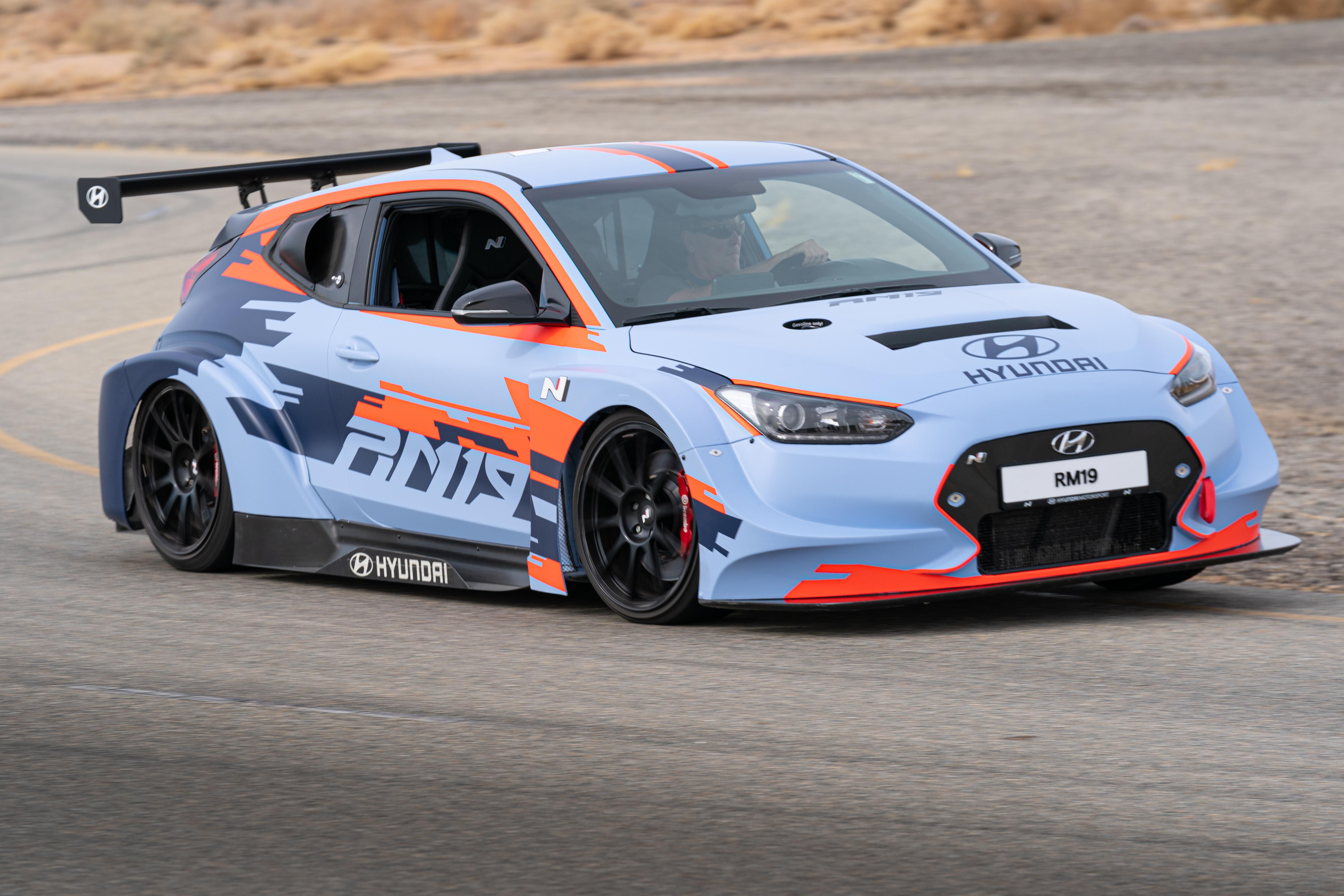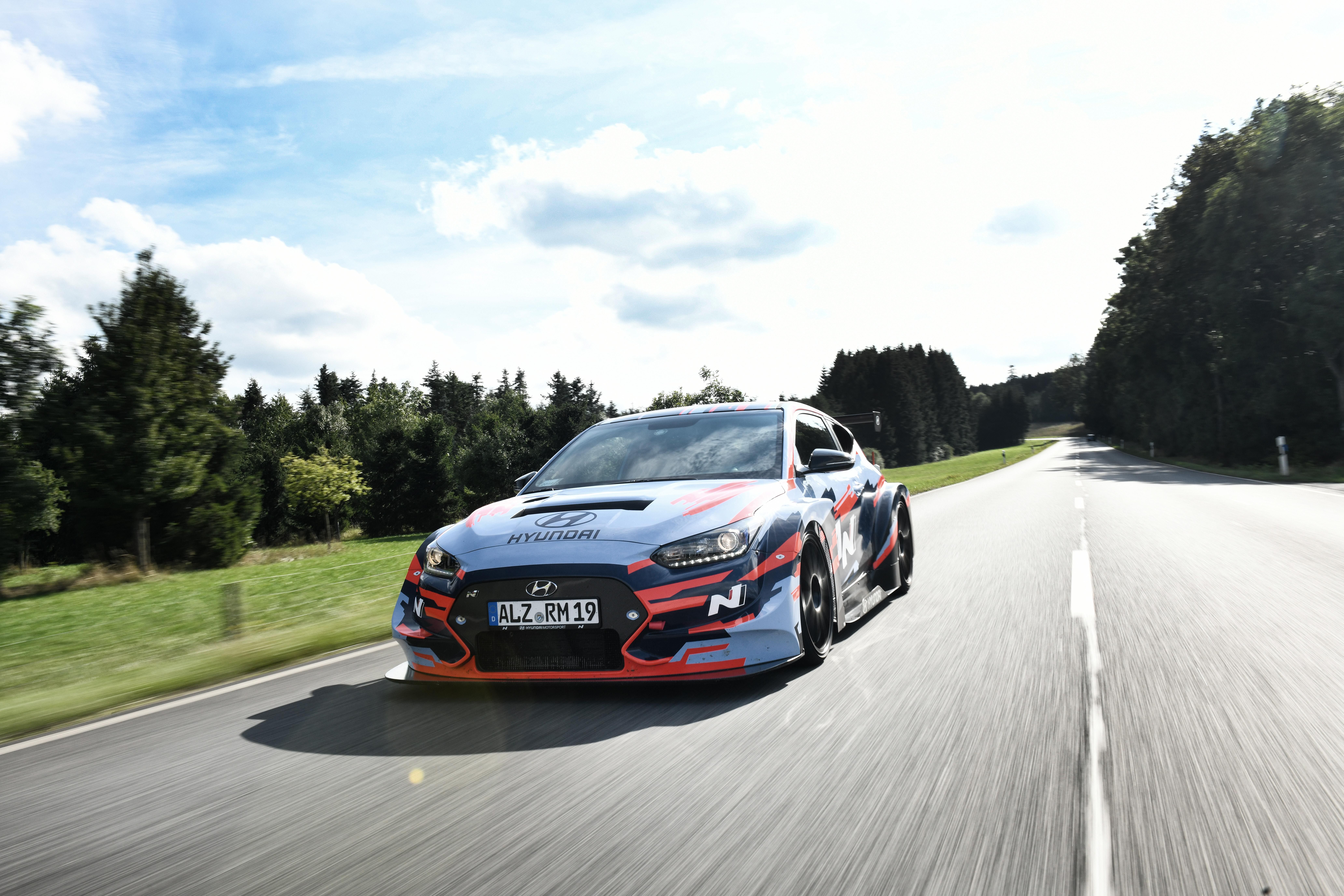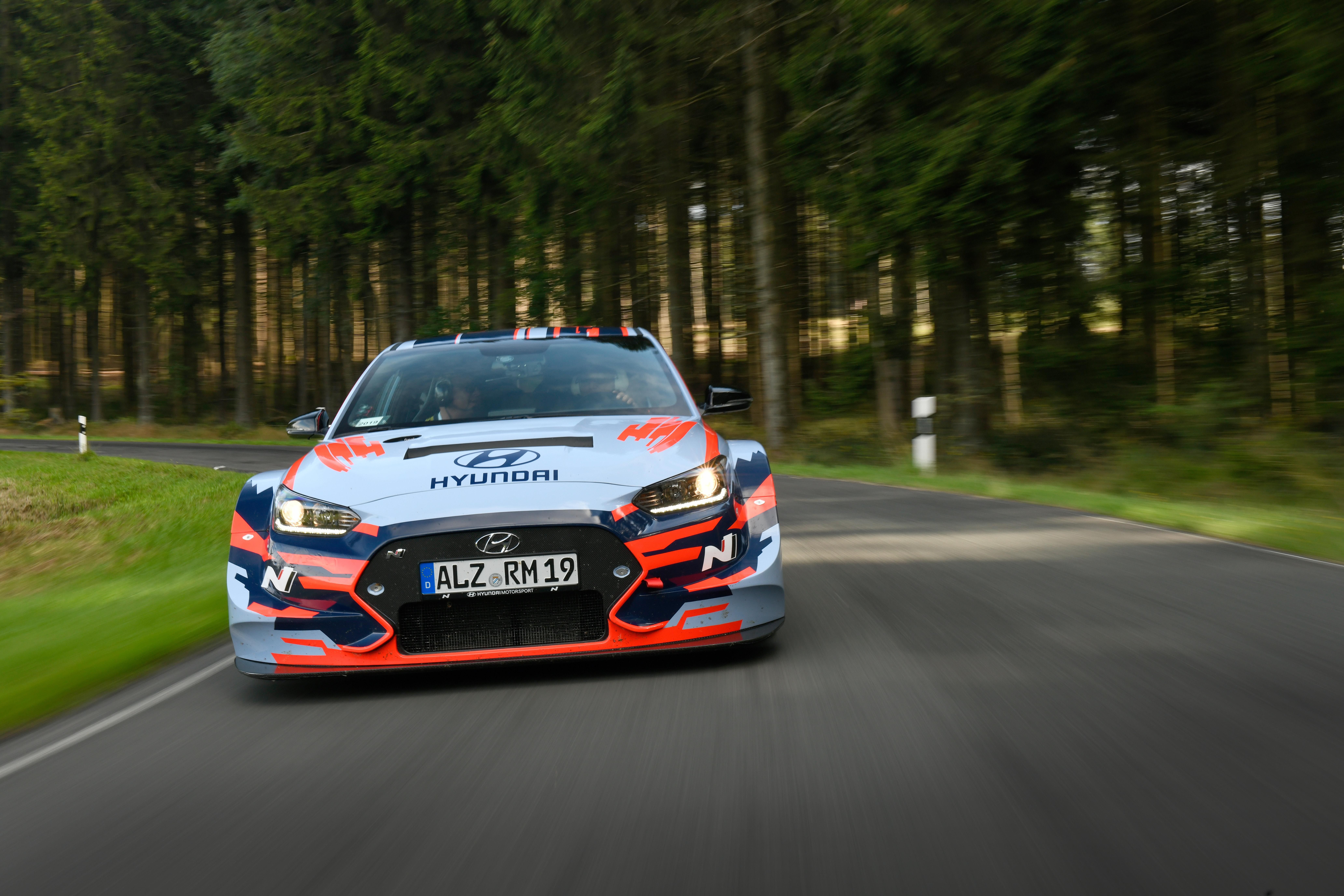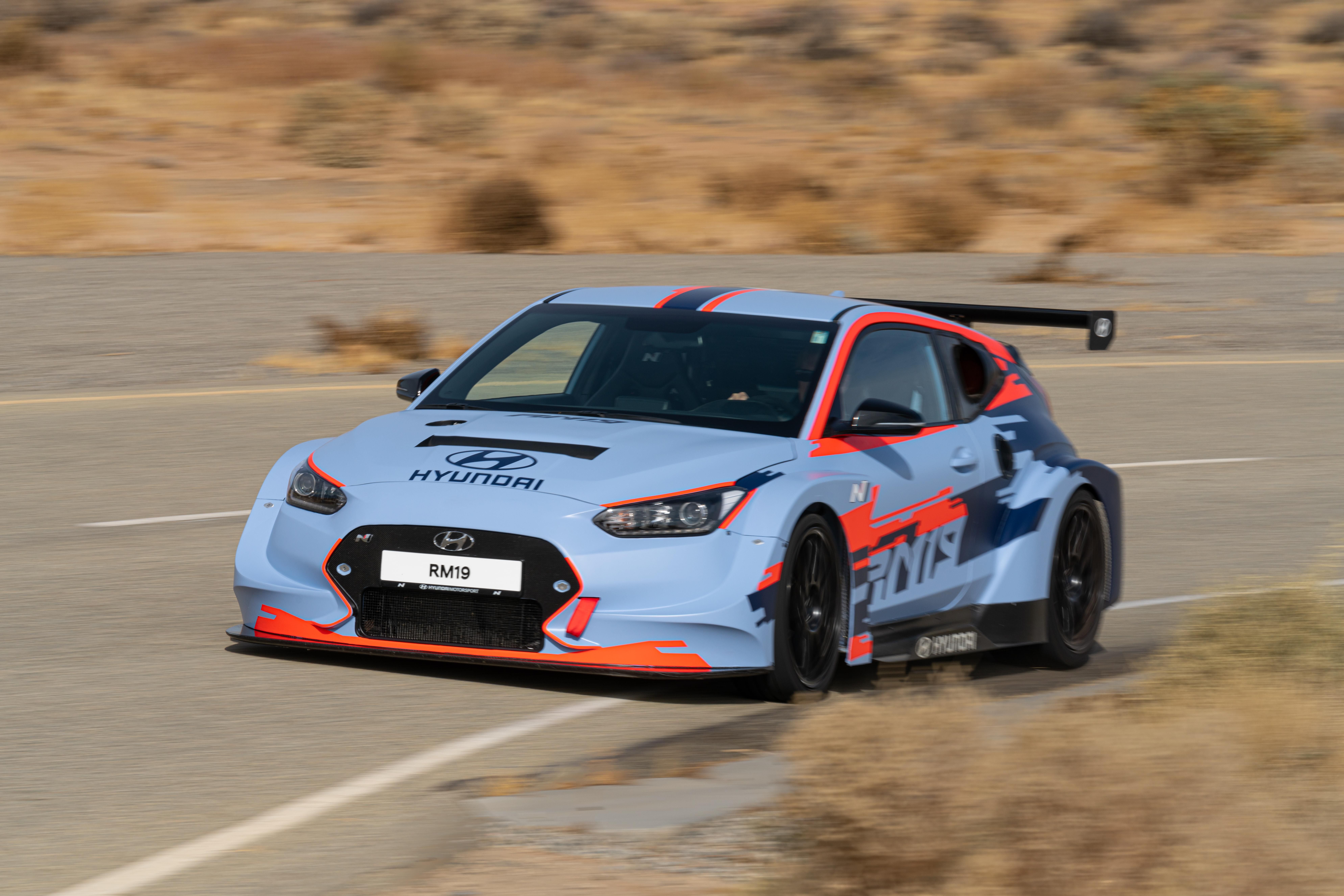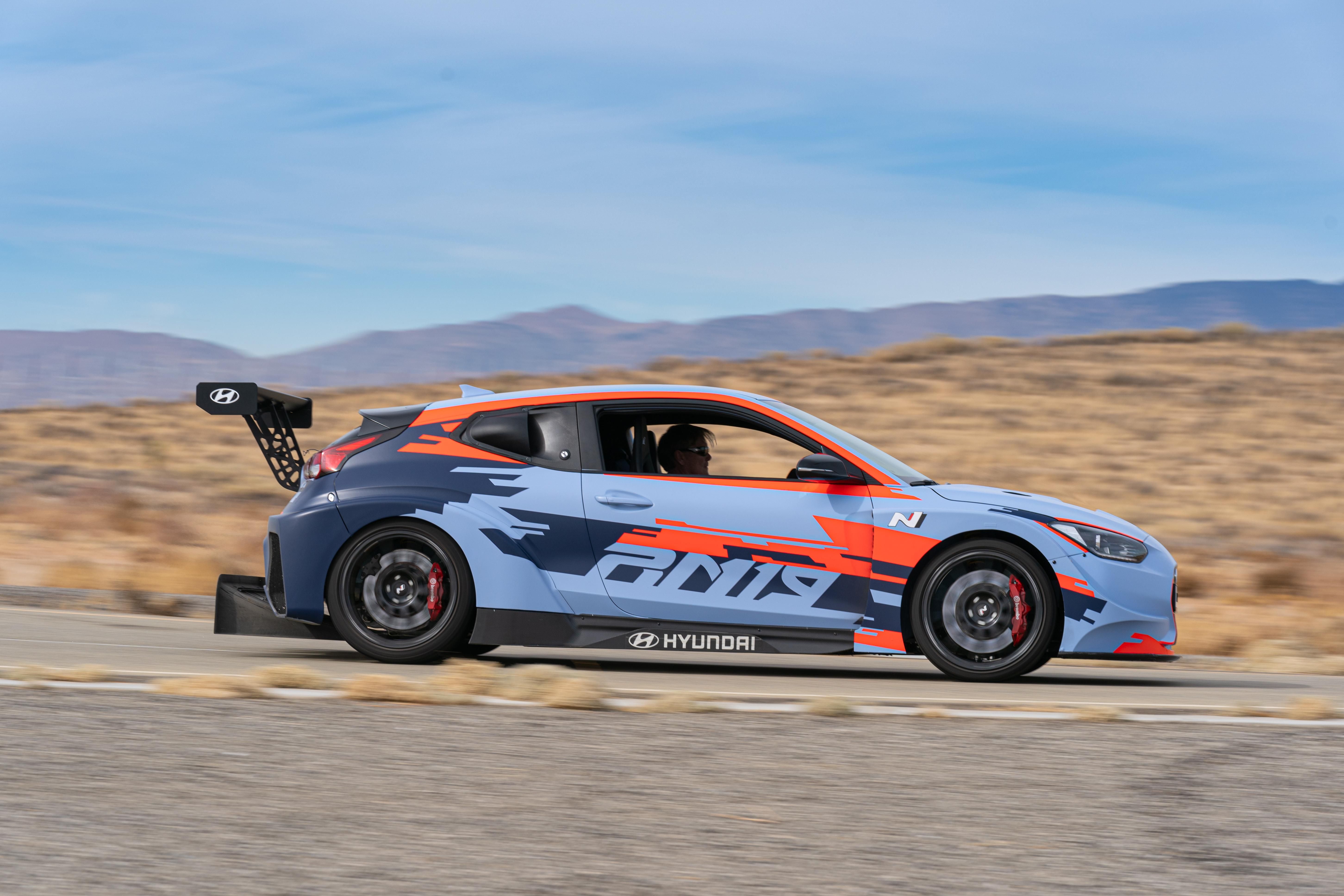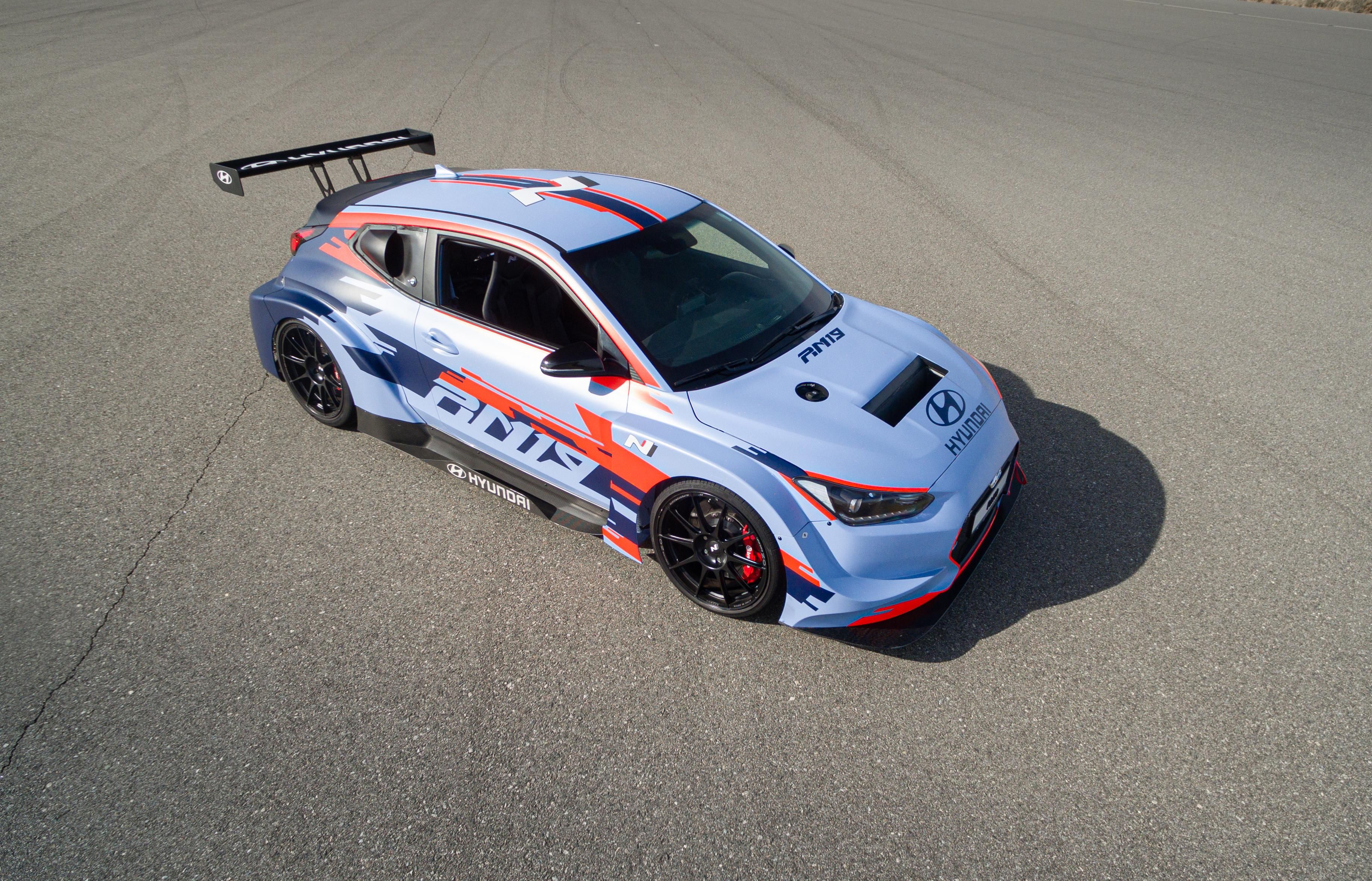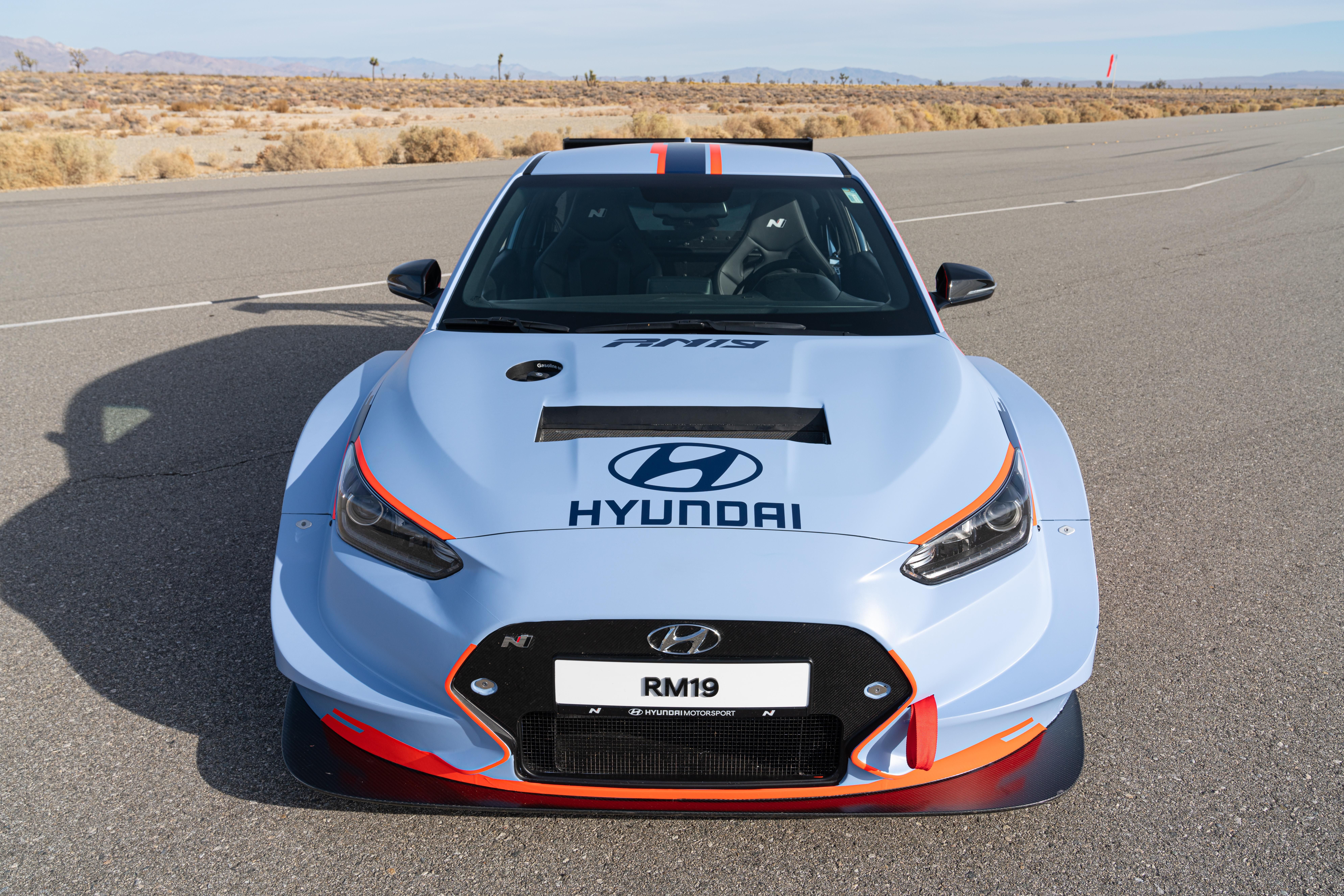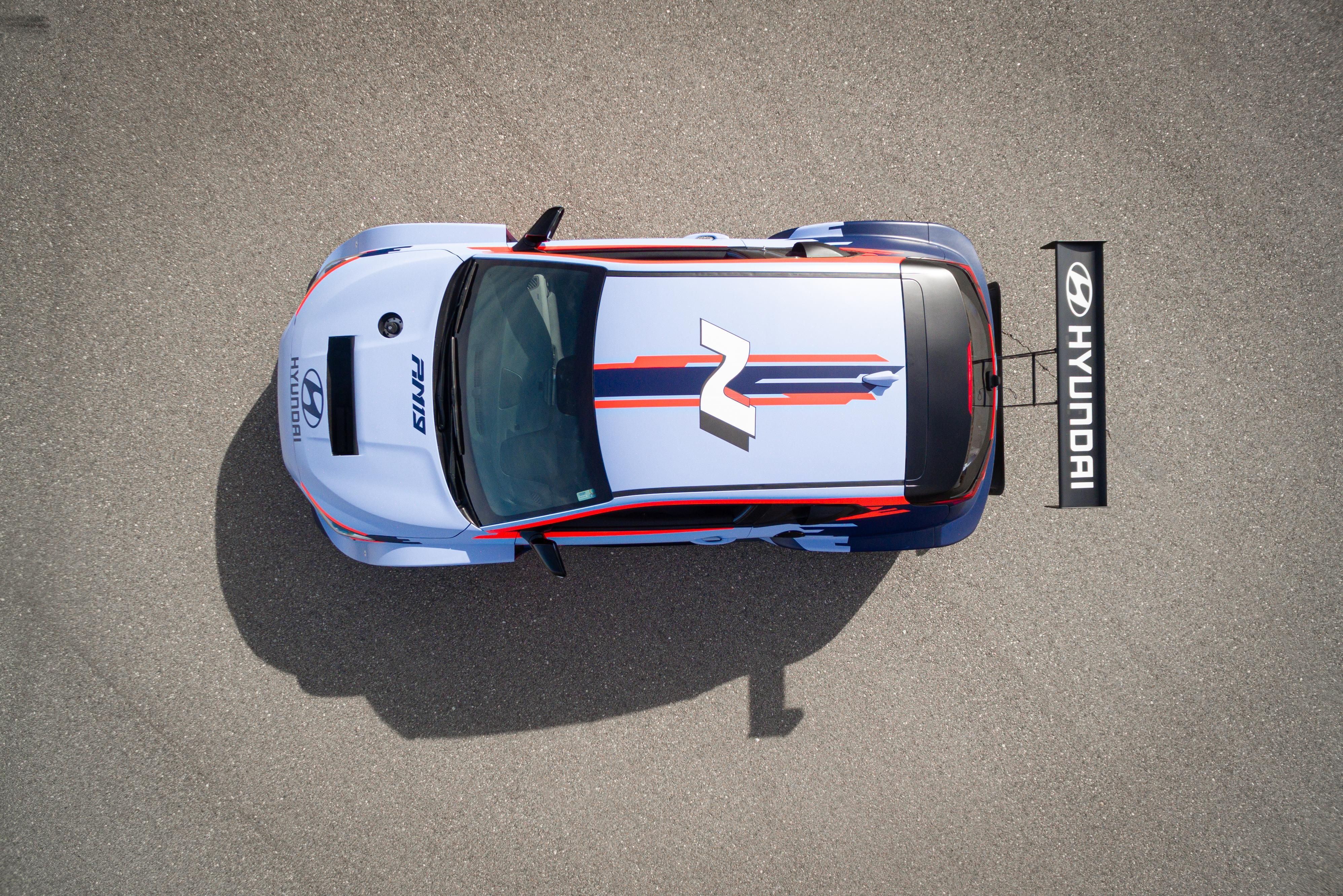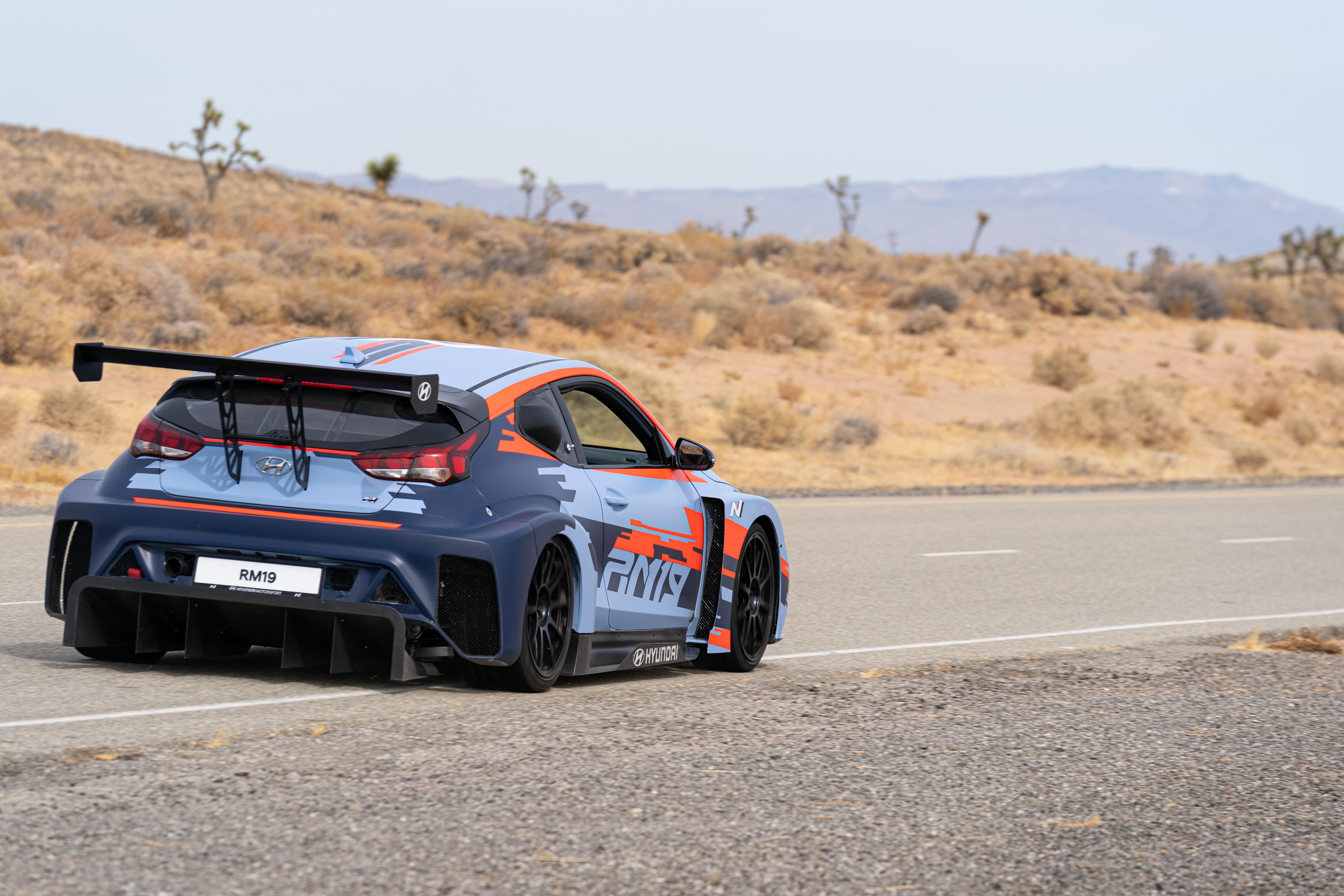Hyundai is no longer the maker of dull, uninspiring imports that people bought because of the low MSRP. Nowadays, the automaker is among the five biggest in the world and has pushed to conquest new grounds building on its reputation as a purveyor of reliable cars that are also cheap to run and maintain. With the N line, Hyundai has proven to the world that it can also make fast cars and its RM, which stands for Racing Midship, range of prototypes has just been enriched with the RM19, the latest and most outlandish member of the breed. Better yet, Hyundai is tipped to put a mid-engined sports car into production after years of exploring the architecture via its RM rolling laboratories. Time to get excited!
So, let us put it this way: at the 2019 L.A. Auto Show, Aston Martin, famed builder of some of the best, fastest, and most exquisite British sports cars and supercars, unveiled an SUV. A sporty SUV at that but an SUV nonetheless. Hyundai, a brand considered by most to be at the opposite end of the spectrum compared to Aston Martin, took the wraps off a track-bound mid-engined sports car. We already know what model you want to know more about and it's not the bulky Aston DBX. Yes, the automotive world is turning on its head in more ways than one as we speak.
A Mid-Engined Hyundai Production Car? Say That Again?
Have you ever looked at the nearly preposterous Hyundai Veloster N E-TCR and thought, 'hmm, I could use one of those in my driveway'? Either way, Hyundai is working both behind the scenes and in plain sight - read 'by testing at the Green Hell' - to make it happen. And while it may not be electric, it could be a hybrid built in the same vein, namely with the engine aft of the cabin.
Hyundai's Veloster is a good-looking, two-door coupe that arrived in 2011 to replace the Tiburon.
Then, once Hyundai launched its performance line, identified by the 'N' at the end of a model's name, the Veloster was amongst the first to receive the treatment. The 1.6-liter turbocharged mill was ditched and a 2.0-liter unit came to replace it. Power thus went up to 275 Horsepower and 260 pound-feet of torque, all sent to the front wheels through a purist-pleasing six-speed manual. To put it into context, one of the most popular hot hatches out there, VW's Golf GTI, sports a turbocharged 2.0-liter four-cylinder engine that puts out 228 horsepower and 258 torques and costs anywhere between $29,000 and $37,000 whereas a Veloster N hovers around $30,000 with some options onboard (including the all-important $2,100 Performance package).
Hyundai even turned the Veloster into a TCR-spec tin top racer to compete in North American TCR-based series such as the Michelin Pilot Challenge. All throughout these transformations, the Veloster stayed true to its FF configuration but now Hyundai is showing us an alternate reality where the Veloster is a fire-breathing mid-engined beast. It's, in fact, nothing new, just that the latest iteration of Hyundai's RM series of prototypes features Veloster N TCR-esque cues.
The RM series is something that dates all the way back to 2014 when Nissan unveiled the RM14 concept (actually, the concept had been in development since 2012). Originally known as the 'Veloster Midship', the RM14 was first shown to the public during the 2014 Busan Auto Show in South Korea. The engine placed in front of the rear axle is the 2.0-liter Theta GDI unit usually found under the hood of a Hyundai Sonata or Santa Fe. In this guise, it put out 295 horsepower. The following year, the RM14 received some updates to the aerodynamic package and became the [RM15 but the figures remained largely the same: 296 horsepower and 282 torques from a 2.0-liter T-GDI engine.
With a lightweight aluminum spaceframe and carbon-reinforced plastic (CFRP) body panels, the RM16 was light although the engine did not go through any further modifications although it did feature an electric supercharger and, to keep everything under control, there was an electronic limited-slip diff and an automatically controlled rear wing. Another thing that was variable was the note of the exhaust system, making the car purr in a unique way when accelerating.
From the beginning, Hyundai has been saying these 'laboratories on wheels' are only meant to develop and test out new technologies but, in 2018, Hyundai N boss Albert Biermann finally said that "maybe someday we will have such a car. There’s no decision yet, but it could happen." At the time he made this statement, we'd been seeing camouflaged RM mules testing on public roads for over a year and a half, potentially revealing Hyundai's desire to turn the RM16 into a production model.
"We are just starting," Biermann added last year. "Our sales network is not used to performance cars, and we need to take a little time. Spreading out too many cars too fast is not the right thing. If we started with a bespoke car in the first place, people would have no idea what to do with such a car." Is now Hyundai of the opinion that its customers are now ready to handle its hottest product yet, a bona fide 'halo car' that fills a void we didn't know needed filling since the death of the Renault Clio V6? This may actually be the case.
The Korean automaker appeared to return to the tried and tested path of fitting the engine in the middle of a modified Veloster with the RM19 it unveiled at the L.A. Auto Show this year.
Along with the press release comes a batch of photos showcasing the RM19 with German number plates driving around scenic German roads. So it isn't a race car, after all? Hyundai says that "RM models underwent extensive road testing to validate newly-developed technologies, observe their effects on performance," all in a package that maintains "daily road-going capability." So, in other words, it's a TCR car you can drive on the highway!
Why would Hyundai build such a thing, then? Surely they can gather thousands upon thousands of testing miles on closed-off road courses without having to go through the hardships of making a race car 'docile' enough to pass through DSMB's checks and receive its plates. It can only mean that an actual road car, something like that camouflaged RM16 we saw, is coming, right? Wrong, at least according to Hyundai spokesman Brandon Ramirez who told Jalopnik that the RM19 is simply a "technology prototype".
But that's not what a 'Hyundai insider' told Road & Track. According to this obviously unnamed source - whose statement should be taken with a grain of salt - Hyundai is, actually, cooking that halo car that would "solidly move N into the prestigious arena of supercar-level performance," as Thomas Schmera, Hyundai’s Product Boss, put it when describing the RM19.
After all, the RM19 is a race car. It features MacPherson struts in the front and double wishbones in the rear for suspension, all hanging from an aluminum and steel subframe. Gas-pressured dampers are fitted at all four corners as well as motorsport-derived ABS braking with enormous rotors. The engine is the same 2.0-liter turbocharged inline-four as in any Veloster N TCR race car but, without the air restrictors mandated via Balance of Performance (BoP), it makes no less than 390 horsepower, enough for a 0-60 mph time of under four seconds.
Auto Express too believes that a midship sports car aimed at the Porsche Cayman is in Hyundai's pipeline but that we'll get a proper look at it next year when Hyundai plans to reveal the RM20 but don't expect a release date earlier than 2021. That's also because there could well be some Veloster N E-TCR flavor
mixed in there. Autocar reported back in February about the likelihood of a production Hyundai RM with a hybrid drivetrain and AWD.
According to the British outlet, hybridization is on the cards at a time when Hyundai and Kia are working closely with Rimac – which the two Korean automakers have invested in – to develop high-performance electric and fuel cell drivetrains for the future. It's not impossible that the midship 'halo' car could be at the receiving end of the new drivetrain although even with the Hyundai Kona's electric motors power could easily reach 500 horsepower (combined). This may be the desired path as Hyundai looks for a sub-$130,000 MSRP or at least $25,000 less than the two-door Polestar 1.
“Our challenge is to make the product affordable but also credible in the way we define any Hyundai N car," said Klaus Koester, Director of high-performance vehicles at Hyundai’s European Technical Center. "It cannot only be capable of just a handful of laps of a track before losing power – but also cannot be pitched at a price of hundreds of thousands of euros. The people who buy those kinds of cars are not Hyundai customers; not yet, at any rate," he added. "So we must be careful that, whatever we do, we create a car that N-brand customers will buy."
Car & Driver followed up on the matter and found another talkative Hyundai representative whose take was unequivocal: "Biermann doesn’t do these things just for kicks," he said referring to the Hyundai N's boss. It's safe to say, in this context, that great things are in the works at Hyundai and we may even see a mid-engined car with a 2.0-liter engine more powerful than Merc's ludicrous 415 horsepower turbo four-pot in the A45 S. How'd you like that? Would that make a +$80,000 Hyundai a tempting proposition when, indeed, the A45 S is priced at about $70,000 and a Cayman S is $68,000, $12,000 less than a Cayman GTS.


